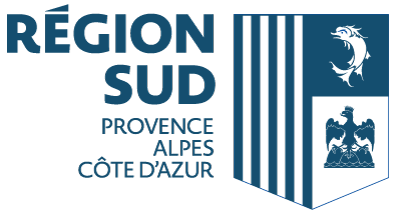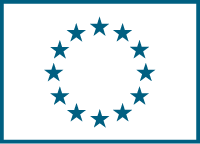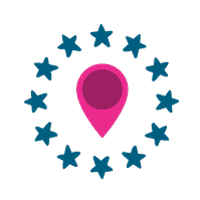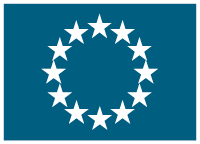Care4Nature
Date du début: 1 juin 2005,
Date de fin: 31 mai 2008
PROJET
TERMINÉ
Background
Waste Electrical and Electronic Equipment (WEEE) is one of the fastest growing waste streams estimated to create 14 kg per person per annum. The majority of WEEE rarely receives pre-treatment prior to becoming landfill waste and in 2005, when this LIFE project started, the percentage of un-treated WEEE was as high as 90%. The European WEEE Directive 2002/96/EC regulates this issue and in turn contributes to the EU 6th Environmental Action Programmeâs objective concerning sustainable use of natural resources and management of waste.
Objectives
Young people can play an important role in implementing WEEE Directive principles and this Finnish LIFE project aimed to improve their involvement in recycling WEEE products. Project objectives focussed on raising awareness and demonstrating a green business model that provided inclusive youth employment and strengthened access to WEEE recycling services in rural areas.
Results
The Care4Nature project achieved its core objectives and established a viable collection system for WEEE, which has been amended after the projectâs end to cover the whole country.
Early efforts concentrated on training 104 4H employees and 205 young people to identify and collect computer waste. A large scale information campaign was also launched that provided information to businesses and households about WEEE Directive obligations, as well as highlighting the opportunities made available via the LIFE project for appropriate disposal of WEEE.
Responses to the WEEE publicity campaign were good and a total of 415 tonnes of computer waste was collected. The projectâs youth participants collected 41 tonnes of WEEE during 728 different visits to households and businesses contributed some 374 tonnes of WEEE, most of which was transported to special collection points by the businesses themselves.
Fifteen Care4 Nature collection points were established by the project to store the collected waste equipment prior to its recycling and processing at six LIFE-funded reception points, where the collected equipment was inspected, sorted, re-conditioned or disassembled.
Approximately 10 % of the computers collected from businesses were able to be re-conditioned for further use while the rest went for recycling. None of the WEEE collected from households was suitable for re-use but all were recycled to provide new raw materials. Heavy metals within some of the older computer monitors required special treatment as hazardous waste.
The project has been able to sustain its operations after the LIFE start-up phase ended and involvement of Fujitsu Siemens Computers Ltd as a project partner is expected to help extend the uptake of this innovative green business model in other parts of Europe and beyond. Transferability of the LIFE projectâs achievements in this way offers important new opportunities to achieve further WEEE Directive contributions.
Further information on the project can be found in the project's layman report and After-LIFE Communication Plan (see "Read more" section).
Accédez au prémier réseau pour la cooperation européenne
Se connecter
ou
Créer un compte
Pour accéder à toutes les informations disponibles
Coordinateur
1 Participants partenaires
- (Finland)




